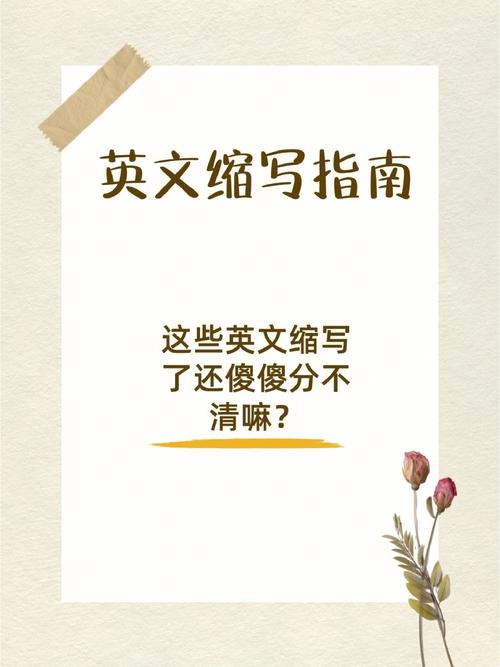This article will delve into the pronunciation of “whatsapp” in English. It will explore six different aspects of the pronunciation, including the individual sounds, stress patterns, and variations in different English accents. By the end, readers will have a comprehensive understanding of how to correctly pronounce “whatsapp” in English.
Individual Sounds:
When pronouncing “whatsapp” in English, it is important to break down the word into its individual sounds. The first sound is the “w” sound, which is a voiced bilabial glide. This is followed by the “h” sound, which is a voiceless glottal fricative. The next sound is the “a” sound, which is a short, open vowel. The double “pp” at the end of the word is pronounced as a voiceless bilabial plosive.
In terms of the stress pattern, “whatsapp” is typically stressed on the first syllable. This means that the “wha” is pronounced with greater emphasis than the “tsapp” at the end of the word. It is important to note that the stress pattern may vary slightly depending on regional accents and dialects.

In British English, the pronunciation of “whatsapp” may differ slightly from American English. For example, the “a” sound in British English is often pronounced as a short, front vowel, while in American English it may be pronounced as a more centralized vowel. Additionally, the “t” sound in British English is often pronounced as a glottal stop, while in American English it may be pronounced as a dental stop.
Intonation and Rhythm:
In terms of intonation and rhythm, the pronunciation of “whatsapp” in English follows the typical patterns of stress and pitch that are found in the language. The stressed syllable, “wha,” is typically pronounced with a higher pitch and greater emphasis than the unstressed syllable, “tsapp.” This creates a rhythmic pattern that is characteristic of English speech.
Linking Sounds:
When pronouncing “whatsapp” in connected speech, it is important to consider how the sounds link together. For example, the final “p” sound in “whatsapp” may be pronounced as a glottal stop when followed by a word beginning with a vowel sound. This linking of sounds helps to create a smooth and natural flow in spoken English.
Common Mistakes:
One common mistake that English learners may make when pronouncing “whatsapp” is placing the stress on the second syllable, “sapp,” instead of the first syllable, “wha.” This can result in a pronunciation that sounds unnatural and awkward. It is important to practice the correct stress pattern in order to sound more fluent and natural when speaking English.
Practice Tips:
To improve your pronunciation of “whatsapp” in English, it is helpful to practice with a native speaker or language tutor. Focus on the individual sounds, stress patterns, and intonation of the word. You can also listen to recordings of native speakers pronouncing “whatsapp” to help you mimic the correct pronunciation.
Conclusion:
In conclusion, the pronunciation of “whatsapp” in English involves breaking down the word into its individual sounds, understanding the stress pattern, and considering variations in different English accents. By paying attention to these aspects and practicing regularly, you can improve your pronunciation and sound more natural when speaking English. Remember to focus on the intonation, rhythm, and linking of sounds to achieve a more fluent and accurate pronunciation of “whatsapp.”